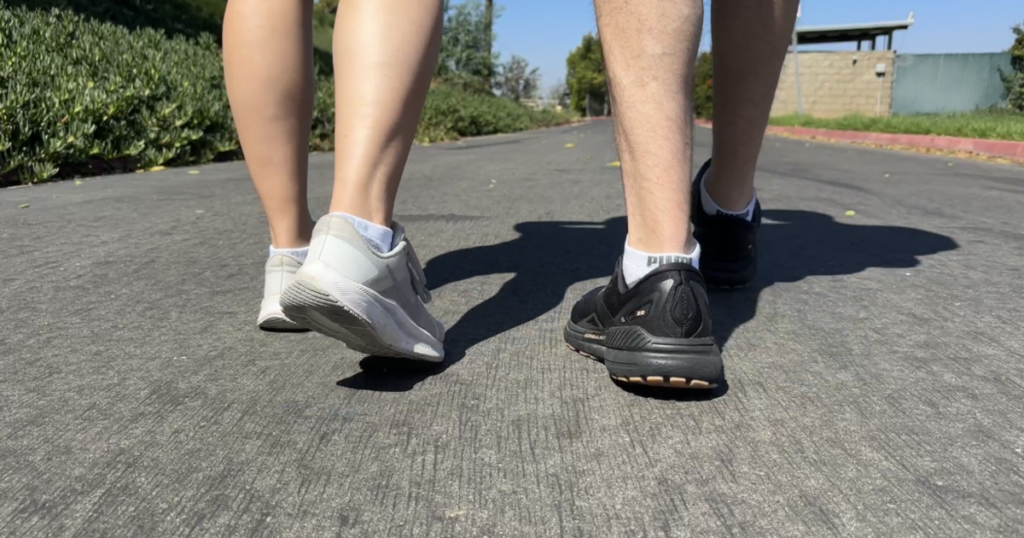Walking is one of the simplest and most accessible forms of exercise and has numerous health benefits.
From boosting mood and reducing stress to improving cardiovascular health and managing diabetes, walking is a versatile, low-impact exercise that can be incorporated into your daily life and makes a great contribution to a balanced lifestyle.
Karen Studer, MD, associate professor and chair of the Department of Preventive Medicine, discusses the benefits of walking and helpful steps to seamlessly incorporate more steps into your daily activities.
Reduces stress and supports mental wellbeing
Walking can help reduce stress by lowering levels of cortisol, also known as the “stress hormone.” Cortisol levels rise in response to stress, increasing inflammation in the body and being a major contributor to appetite. Consistent walking can reduce the amount of cortisol in your bloodstream over time, reducing stress.
Walking, especially brisk walking, stimulates the release of endorphins, natural substances that lift your mood, says Studer.
Plus, walking with a friend fosters the social connections that are so important for mental health, Studer adds: “Walking with a friend or in a group fosters relationships and brings you closer to your friends and loved ones,” Studer says.
Improves cardiovascular health
Walking is a great way to boost your heart health, offering many cardiovascular benefits: “Any brisk walk you take and develop a moderate level of activity will benefit your cardiovascular health,” says Studer.
Even if you can't walk outdoors, Studer sees the benefits of a treadmill or walking pad. “It's still effective. You're still burning calories. It's still got some benefit,” she says. “We're built to move. We're not built to be sedentary.”
Whether you're walking on a treadmill or outdoors, Studer recommends walking briskly to get the most health benefits. To find out if you're walking fast enough to benefit your cardiovascular health, Studer suggests the “singing/speaking test,” in which you walk fast enough that you can talk but not sing.
Helps control blood sugar levels
The Centers for Disease Control and Prevention estimates that 11.6% of the U.S. population has diabetes and 38% of adults aged 18 and older have prediabetes.
Too much sugar in your bloodstream can make you more susceptible to diabetes, kidney disease, strokes, and heart attacks. Brisk walking sends that sugar to the cells where it belongs. “When you exercise, your cells open up and can take up sugar for energy,” says Studer, so walking can help control your blood sugar levels.
To keep your blood sugar under control, Studer suggests that the best time to walk is after a meal: “Walking shortly after a meal is a quick and easy way to make sure your blood sugar doesn't get too high.”
Improves sleep
One of the lesser known benefits of walking is the impact it can have on the quality of your sleep at night. “Many people don't realize that in order to sleep well at night, your body needs to be tired during the day,” says Studer. “When you're moving throughout the day, it actually improves the quality of your sleep.”
If you're not feeling physically fatigued during the day, walking may be the key to improving the quality of your sleep.
How to start walking
For those who lead a sedentary lifestyle and want to incorporate more walking into their daily activities, Studer offers these tips:
Park in a parking lot away from the store entrance
Once you're done shopping, take another lap around the store.
Use the stairs instead of the elevator
Start with short walks and increase them over time.
If it's too hot or too cold outside, try walking inside a shopping mall.
If walking is physically difficult for you, talk to your doctor about your options.
One of the most effective and natural things we can do for our bodies is to move. To learn more about preventative health strategies, check out Primary Care at Loma Linda University Medical Center or call 909-558-2870.



